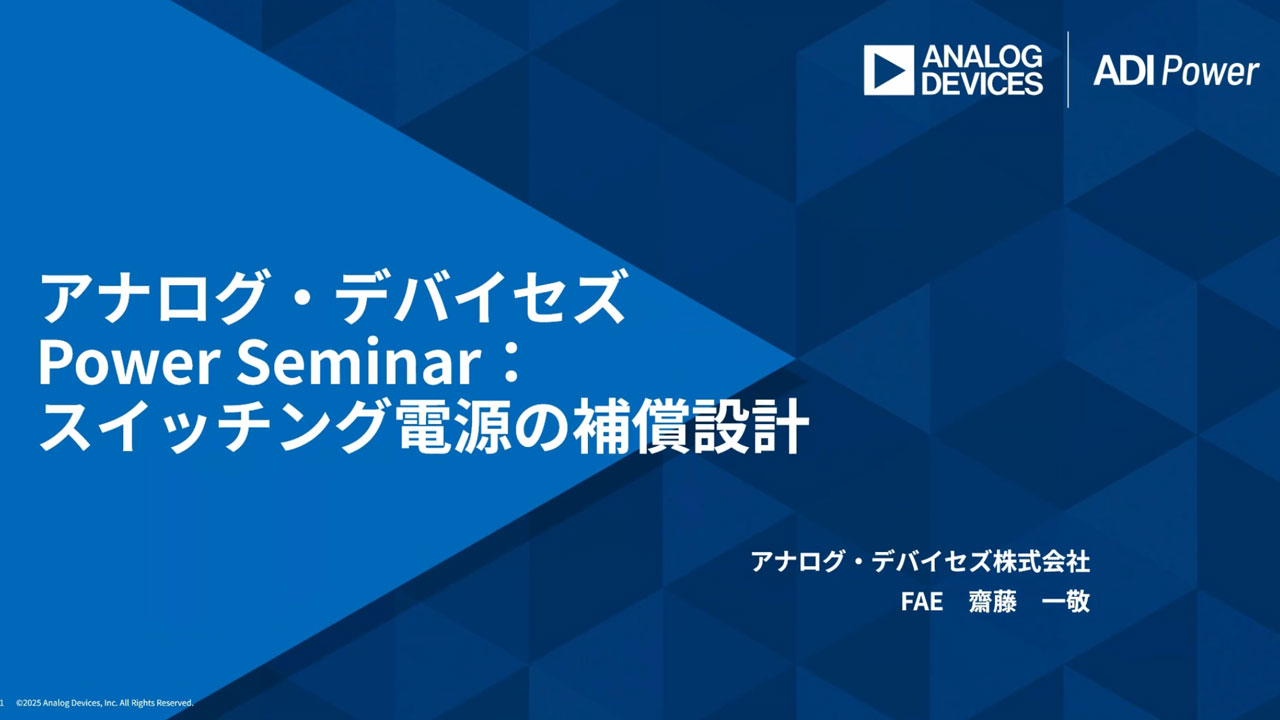Electrolytic Capacitor-Based Data Backup Power Solution for a 12V System Regulated from 5V to 36V Input
Electrolytic Capacitor-Based Data Backup Power Solution for a 12V System Regulated from 5V to 36V Input
2016年07月05日
Design Note 553: Introduction
Data loss is a concern in telecom, industrial and automotive applications where embedded systems depend on a consistent supply of power. Sudden power interruptions can corrupt data during read and write operations for hard drives and flash memory. Often, embedded systems need just 10ms to 50ms to backup volatile data to prevent loss.
Data backup is used in embedded systems for maintenance, troubleshooting and repair work. In complex industrial metal machining equipment, it’s important to store the position and state of multiple tools after power disconnect to prevent equipment failure when power is later restored. These applications require a stable power supply and data retention, but unreliable power sources make it difficult to accomplish. Long supply lines, discharged batteries, unregulated AC adapters, load dumps and switching high power electrical motors result in widely fallible input supplies. As a result, developers of embedded systems prefer to design with the widest possible input voltage range, enabling use in a variety of applications and environments.
Circuit Description
Figure 1 shows a system that delivers reliable primary power plus holdup power for data backup. This solution is centered on the LTC3643 bidirectional power backup supply. When the input voltage is present, the LTC3643 charges the storage capacitor, CSTORAGE, up to 40V in boost mode. When the input voltage is interrupted, the LTC3643 discharges the storage capacitor into the load in buck mode, keeping the nominal voltage at the load (VSYS) in the range of 3V to 17V.

The relatively high voltage of the backup storage rail increases stored energy of this solution (E = CV2/2) and enables the use of electrolytic capacitors as a backup storage component. Electrolytic capacitors are inexpensive and widely available, significantly reducing the cost of the backup solution. Another advantage of the LTC3643 is its ability to support 12V systems, the default standard voltage rail in many automotive and industrial applications.
In Figure 1, the LTM4607 μModule® buck-boost converter acts as the front end regulator, producing 12V at up to 5A from a 5V to 36V input, such as a vehicle battery. The buck-boost regulator maintains a steady 12V output so long as the input voltage stays within the specified range, allowing VSYS to ride through brownout and overvoltage conditions such as automotive cold crank and load dump. When the input voltage is interrupted or moves out of this range, the LTC3643 based backup power solution maintains the VSYS system voltage to allow for short term data backup.
Circuit Functionality
In normal operation, when the P-channel MOSFET Q1 is on, the flag PFO is low and the electrolytic capacitor array CSTORAGE is charged to 40V. When the input voltage is interrupted, the LTC3643 turns Q1 off, sets the flag PFO high and starts to discharge the CSTORAGE capacitor array, maintaining 12V to the load. When Q1 is in the off state, the body diode of this transistor effectively isolates the load from the input lines. The PFO flag identifies the fault and signals the host computer to disconnect the noncritical loads and supply circuitry. Here it is assumed that the critical circuitry related to data retention consumes 1A for up to 100ms. Figure 2 illustrates the entire switch-over process. At the start, the system load is supplied by the LTM4607, as the input voltage is present. When the input voltage is interrupted, the LTC3643 supports the system load by discharging the storage capacitor. Figure 3 shows the timing of the switch-over in more detail. The load voltage falls to 10V, a value set by the resistor divider RPT/RPB and then recovers to the nominal 12V, set by the resistor divider RST/RSB.


The formulas for an estimation of the required storage capacitance and holdup time are below. If a more detailed analysis is needed, the necessary information can be found in vendor’s documentation.

Conclusion
The LTC3643 is a highly integrated, high performance backup regulator. The design shown in this Design Note combines the advantages of this IC with a high efficiency buck-boost LTM4607 μModule regulator. Together, these devices enable a small footprint, efficient and cost effective solution for data retention and backup in automotive and industrial applications.
著者について
Victor Khasievは、アナログ・デバイセズのシニア・アプリケーション・エンジニアです。パワー・エレクトロニクスの分野を担当しており、AC/DC変換とDC/DC変換の両方に関する豊富な経験を持ちます。また、車載用途や産業用途をターゲットとするアナログ・デバイセズのIC製品の使い方に関して、複数の記事を執筆しています。それらの記事では、昇圧、降圧、SEPIC、反転、負電圧、フライバック、フォワードに対応するコンバータや、双方向バックア...




















